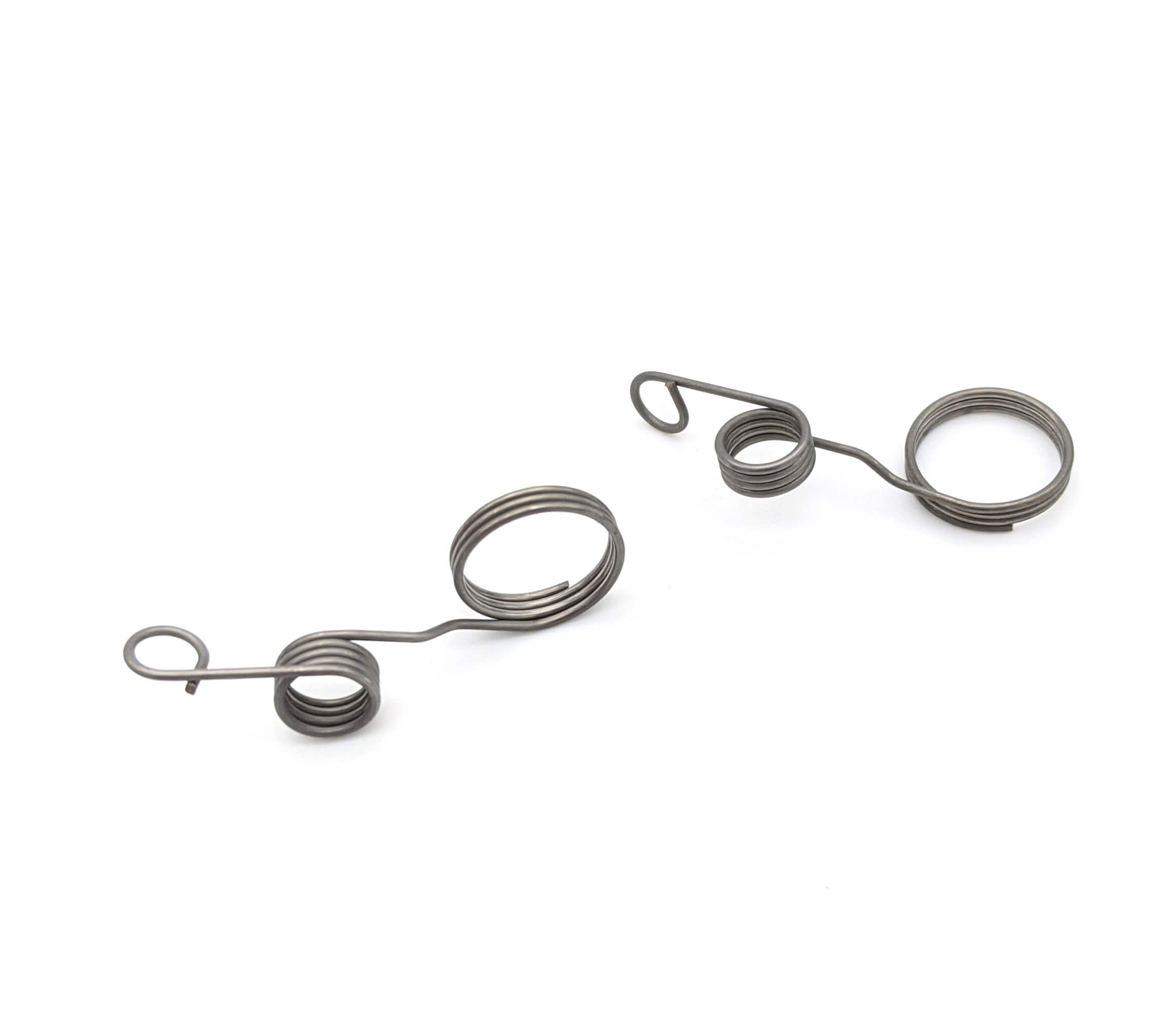Get unique, complex parts easily. No matter your requirements, Chaoyi Spring creates hard-to-produce coil springs and wire forms.
Let us help you create the custom wire form you need, from S-hooks and J-hooks to utility hooks and more.
We work closely with customers across a wide range of industries, helping them design and manufacture made-to-order parts.
Why choose Chaoyi Spring? We prioritize customer-focused collaboration, modern equipment and the latest technology to make your parts per print.
Find the information and guidance you need, from measuring a spring to learning about materials, placing an order and much more.
Springs are ubiquitous in our daily lives, silently powering everything from door hinges to car suspensions. But have you ever stopped to consider the different types of springs and their


Springs are ubiquitous in our daily lives, silently powering everything from door hinges to car suspensions. But have you ever stopped to consider the different types of springs and their unique properties? Two common types are torsion springs and tension springs, each with distinct characteristics that make them suitable for different applications. This article will delve into the world of these two spring types, exploring their functionalities, strengths, and how they are used in various industries.

Before diving into the differences, let's first understand what torsion springs and tension springs are. Springs, in general, are elastic devices that store mechanical energy when deformed and release it when allowed to return to their original shape. This energy storage and release mechanism makes them valuable components in numerous applications.
A torsion spring is designed to resist twisting or rotational forces. Imagine a spring that's mounted on a shaft and can be twisted around the shaft's axis. When you twist it, it stores potential energy, and when released, it tries to return to its original untwisted position. Think about the spring in a retractable pen or a mouse trap – they both utilize the twisting motion of a torsion spring.
On the other hand, a tension spring is designed to resist stretching forces. Imagine a spring that's attached to a fixed point on one end and a load is applied to the other end. When you pull on the spring, it stretches, storing energy, and when released, it contracts back to its original length. A classic example is a spring used in a door closer or a trampoline – they both rely on the stretching and contracting properties of tension springs.
The primary distinction between torsion springs and tension springs lies in the way they store and release energy. Torsion springs store energy by twisting, while tension springs store energy by stretching.
Here's a table summarizing the key differences:
| Feature | Torsion Spring | Tension Spring |
|---|---|---|
| Type of Load | Twisting or Rotational Force | Stretching or Tensile Force |
| Force Exerted | Torque | Tensile Force |
| Energy Storage Mechanism | Twisting | Stretching |
| Typical Applications | Retractable pens, mouse traps, garage door openers | Door closers, trampolines, spring-loaded clamps |
The choice between a torsion spring and a tension spring depends largely on the specific application. Consider the following factors:
Torsion springs and tension springs find their way into countless applications across various industries.
Torsion springs and tension springs are essential components in numerous applications, each offering unique advantages depending on the specific requirements of the design. Understanding their distinct characteristics, their respective strengths, and their various applications will enable you to make informed decisions when selecting the right spring for your needs.
Whether you're designing a new product or repairing an existing one, it's crucial to carefully consider the type of spring that best suits your application. This knowledge will ensure that your design is reliable, functional, and safe, contributing to a successful outcome.
Browse some of the custom wire forms and springs that we manufacture. Don’t see what you need? We specialize in made-to-order products that meet your application requirements.
Visit Our GalleryNeed a custom wire form or coil spring? We make it work. Fill out the contact form and a representative will respond within 1 business day. If you have a PDF or CAD file, you can submit to request a quote.